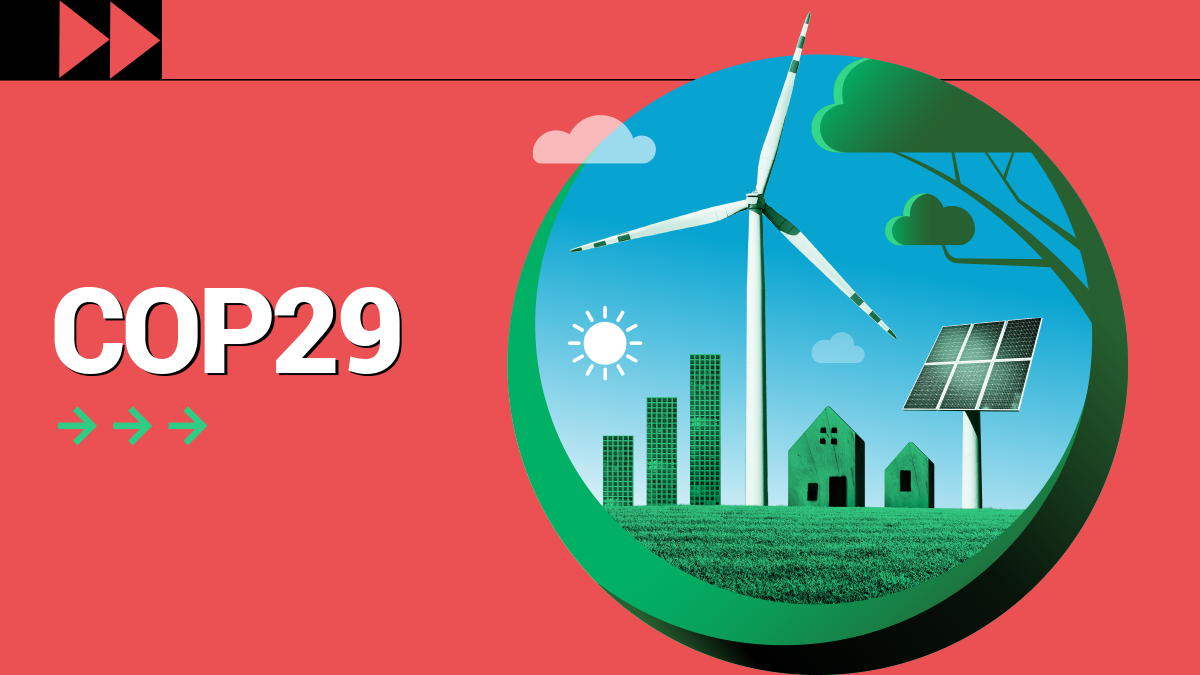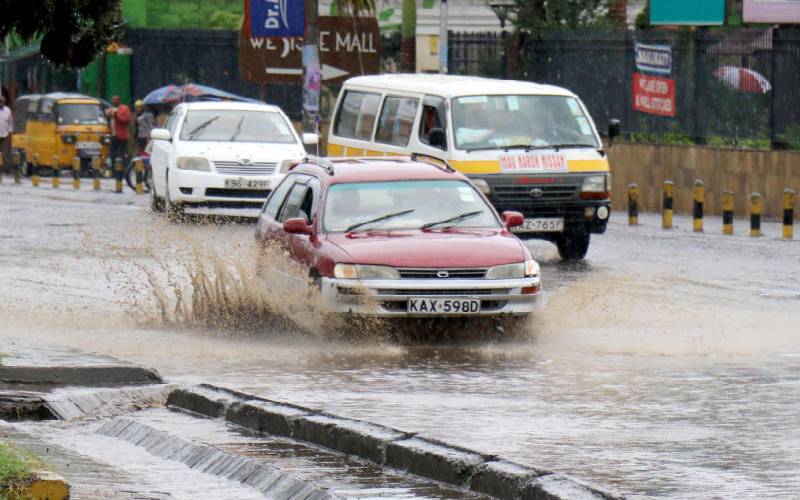- Walking and cycling are healthy, clean, quiet and cheap. Moreover, space-efficient travel modes are essential as the urban population keeps growing and transport competes for increasingly sparse space. They are also convenient for short trips.
In matters of environmental conservation, walking and cycling stand out as suitable methods for reducing air pollution in urban areas. Environmental experts have hailed these active modes of transport as the ideal ways of ensuring zero greenhouse gas emissions, as the transport sector globally contributes approximately 14% of greenhouse gas emissions.
Walking and cycling are healthy, clean, quiet and cheap. Moreover, space-efficient travel modes are essential as the urban population keeps growing and transport competes for increasingly sparse space. They are also convenient for short trips.
The United Nations Environment Programme (UNEP)and partners are leading the development of a Pan African Action Plan for Active Mobility (PAAPAM). This initiative aims to raise the profile and increase investment in active mobility in Africa.
It is part of UNEP’s mandate to develop policies and initiatives which are aimed at transforming the transport sector, to improve public safety and health, to reduce greenhouse gas emissions, increase accessibility as well as protect the environment.
PAAPAM will guide governments and other stakeholders on the priority actions to be implemented in the next ten years to ensure healthy, safe, equitable and sustainable transport for the majority –the people who walk and cycle.
Read More
“PAAPAM will act as a framework to fast-track the urgently needed basic investments in active mobility,” says Sheila Aggarwal-Khan, Director of the Industry and Economy Division at UNEP. “We have wonderful examples of best practices on the continent. However, there is still much more that needs to be done by a multitude of stakeholders.”
Infrastructure tailored for walking and cycling is advantageous since it also enhances health and well-being.
Out of 54 African countries, 19 have a policy for walking and cycling. In Ethiopia, the Cycle Network Plan aims at doubling the number of protected lanes. Furthermore, Rwanda is among 10 African countries committed to prioritizing walking and cycling in their national climate action plans, called the Nationally Determined Contributions.






